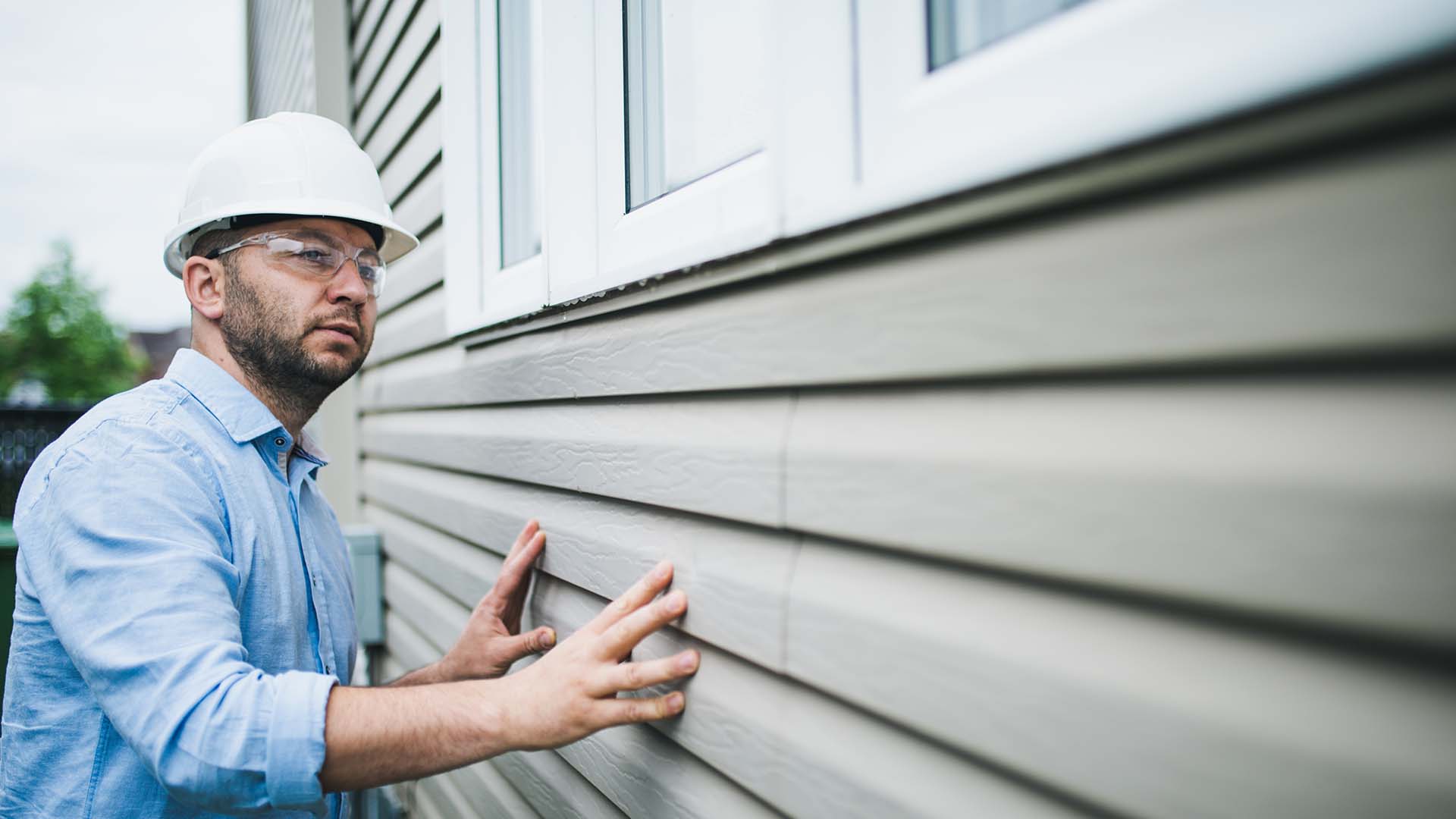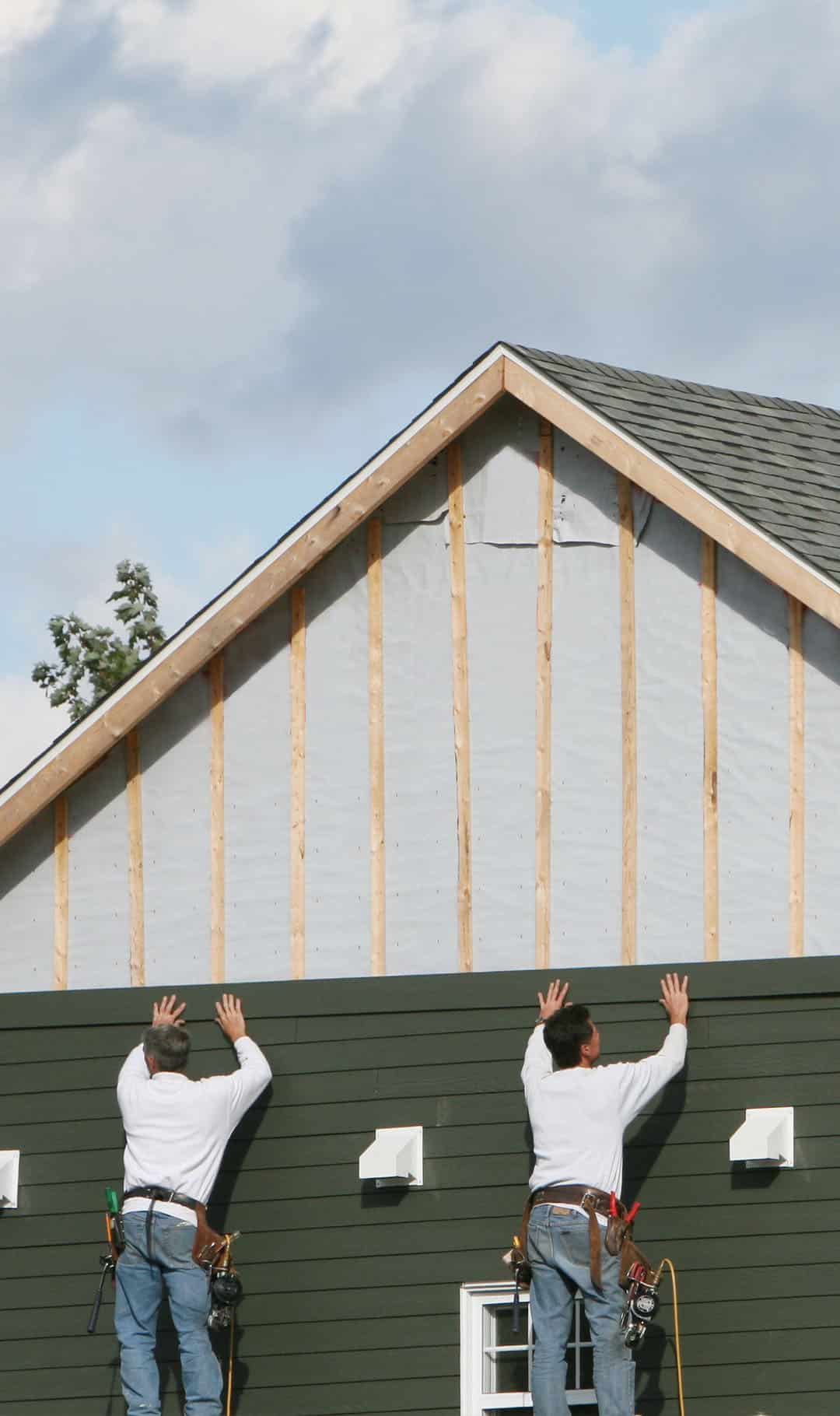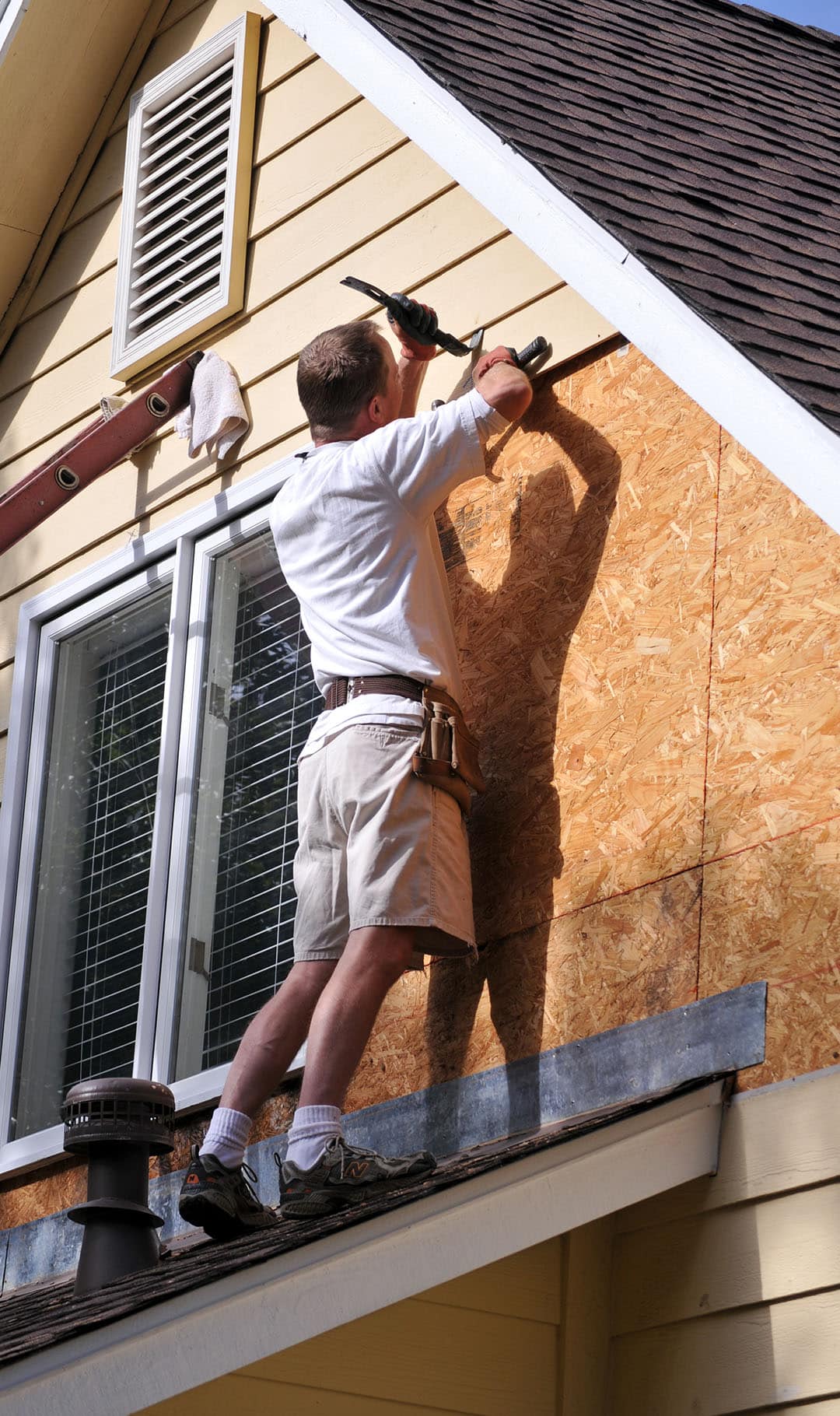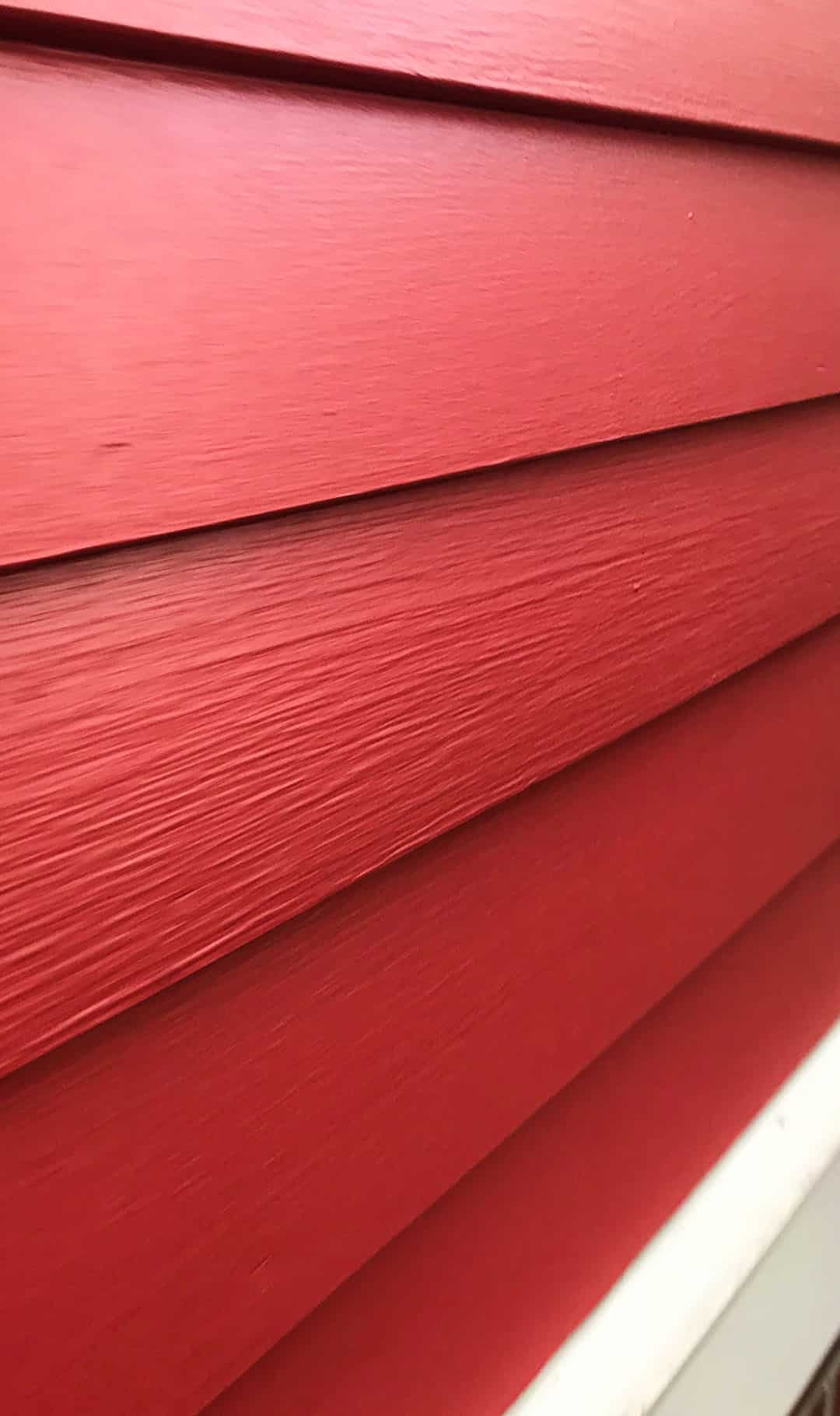- (785) 979-3636
- Mon - Fri | 9AM - 5PM
Acumen Renovations offers three types of siding.

Acumen Renovations is one of Kansas City's trusted siding contractors. We understand that your home's siding is an important investment. It protects your home from the elements and plays a major role in its overall appearance. That's why we offer a wide range of siding options to choose from, all installed by our experienced and certified contractors.


Engineered wood siding
Chances are you have already seen many styles of this product on a home if you live in the Midwest. There are several different manufactures, such as LP Smart Side, that make all types of engineered wood cladding, including lap or bevel siding, panel siding, as well as some specialty siding options like shake, shingle, and scallops.
Engineered siding is more durable and weather-resistant as well as more cost effective to install and maintain than real wood. Engineered siding can be a great option for someone who wants the rich look of wood without the cost and effort!
This kind of siding can also be purchased pre-primed, ready to paint, or pre-finished, which can cut some labor costs if you find the look you want! Cost-wise, engineered wood is going to be in the middle of the other two and generally is about 10% less than fiber cement.
Fiber cement siding
This type of siding has grown in popularity over the past ten years, and while it’s not as widely used as vinyl or wood, it is starting to capture its market share. Manufacturers, such as James Hardie, offer a low maintenance, non-flammable, and termite-resistant option and have a vast range of styles and finishes that can replicate most styles and trims (like engineered wood). Fiber cement siding is the most expensive out of the three due to the amount of labor and specialty tools it requires to install this product.
Vinyl siding
Vinyl siding has been around for forty-plus years now and still holds its own. It’s made from PVC and is pretty lightweight. Vinyl siding has a vertical panel that is much easier to remodel if a vertical look is what you want. This product is going to be the least costly when looking at your budget and most of the time is about 35% less than fiber cement or engineered wood.
All the products listed above have their own accessories, such as trim, mounting blocks, and receptacle covers. These accessories should be used for the specific products that they were designed for.
That’s not to say that you can’t interchange them, but if you have a failure of one product, you don’t want the manufacturer to dispute that the other product is to blame. You will find yourself with one manufacturer blaming the other, and you’ll have to fix the issue yourself.
If you are using a product that requires painting, you need to keep all your paint cycles the same over time. This seems easy, but fiber cement products need to be painted more frequently than engineered wood or vinyl siding. You don’t want to waste product and labor by painting only certain areas of your home or waste money painting areas that don’t need to be painted just to keep it all looking uniform.
Listed below are a few more things to think about when residing in your home.
Roof Pitch
12/12 or higher
9/12 to 11/12
6/12 to 8/12
4/12 to 5/12
Roof Pitch Factor
1.3
1.2
1.1
1.05
Pros
Cons
Pros
Cons
Pros
Cons


It is possible to remodel existing home exteriors with panel siding, but we do not recommend it. Here are the reasons why.
We offer prefinished versions of all of our siding products. Most people already know that vinyl siding is a finished product, and it’s just a matter of picking a color and having it installed. L.P. and James Hardie also offer all their products prefinished and ready to go. In the sections below, you will read the pros and cons of prefinished and prime siding and what each will require for maintenance in the future.

If you are considering a siding repair or replacement in Kansas City, contact Acumen Renovations today for a comprehensive consultation. We will work with you to assess your needs and budget, and we will recommend the best siding option for your home. We also offer financing options to make your siding project affordable.